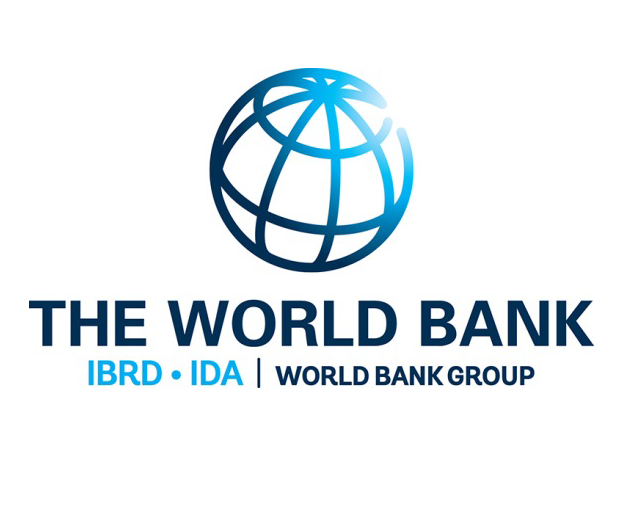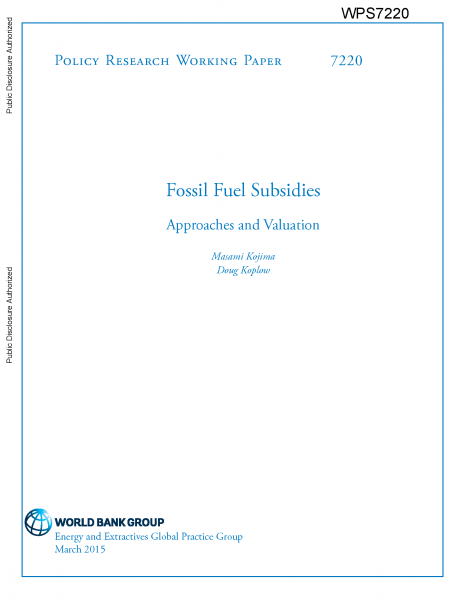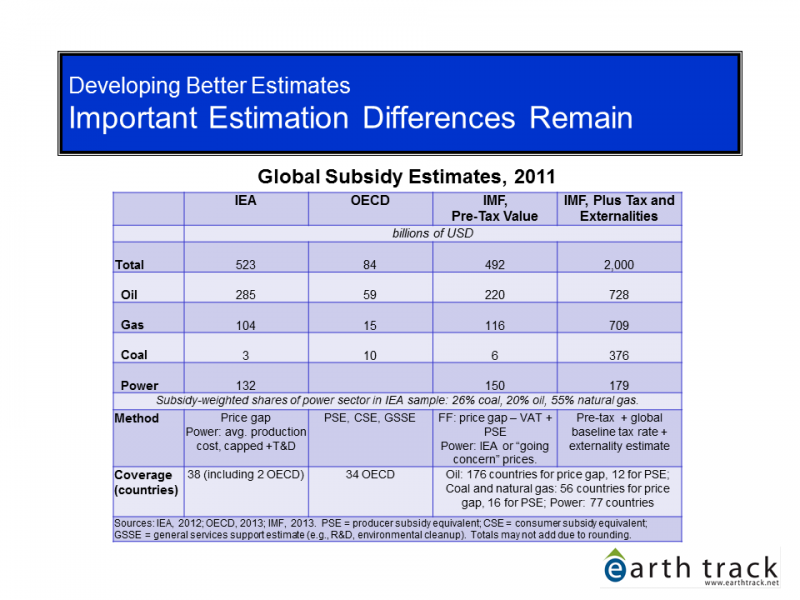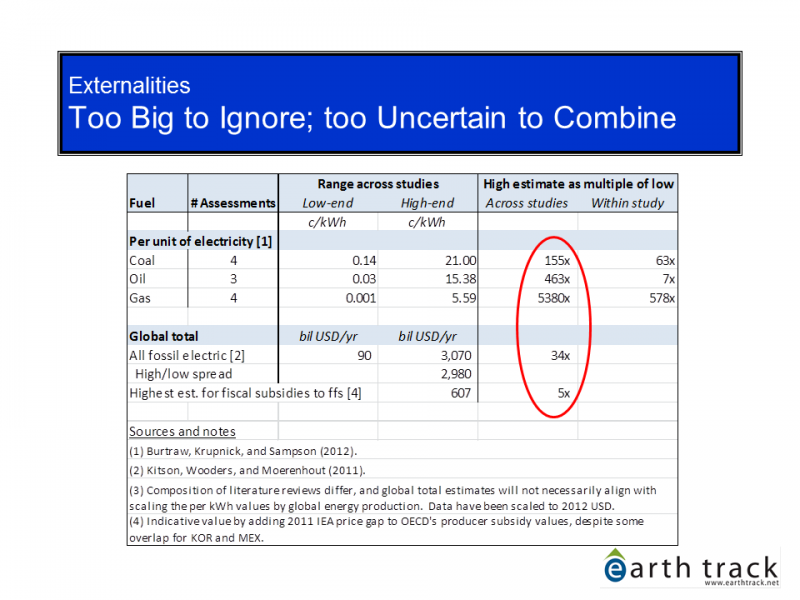| Mechanisms of Value Transfer to the Energy Sector |
| |
|
|
| Intervention category |
Description |
How Characterized in PJM State Action Listing? |
| |
|
|
| Direct transfer of funds |
|
| Direct spending |
Direct budgetary outlays for an energy-related purpose. |
8. Grant Programs, though PJM category not necessarily capturing spending on energy-relevant activities by the state, rather than through grants to a private party. |
| |
|
|
| Research and development |
Partial or full government funding for energy-related research and development. |
8. Grant programs |
| Tax revenue forgone* |
Special tax levies or exemptions for energy-related activities, including production or consumption; includes acceleration of tax deductions relative to standard treatment. |
9. Tax incentives captures most of this, although the current workgroup description focuses on tax exemptions and tax credits. There is another whole class of support through more rapid deductions (generating a time-value benefit) and organizational structures (such as Master Limited Partnerships) that are not being picked up. In addition, the inventories at present are not capturing the pass-through of federal subsidies into the state tax code (e.g., percentage depletion allowances, or preferential tax rates on earnings from Nuclear Decommissioning Trusts). States can and sometimes do deviate from federal rules and require adjustments to the federal Adjusted Gross Income values flowing from federal returns, so when this is not done and federal subsidies flow through for incremental benefits at the state level, a subsidy does exist. |
| Other government revenue forgone |
|
| Access* |
Policies governing the terms of access to domestic onshore and offshore resources (e.g., leasing auctions, royalties, production sharing arrangements). |
Not captured. Most relevant in PJM states with significant levels of fossil fuel extraction. |
| Information |
Provision of market-related information that would otherwise have to be purchased by private market participants. |
Not captured. Examples would include geological surveys for mineral location or siesmic risks to energy infrastructure; or data and statistics collection of relevance to producers. |
| Transfer of risk to government |
|
| Lending and credit |
Below-market provision of loans or loan guarantees for energy-related activities. |
7. Loan programs, though PJM definition also includes lending of physical property on favorable terms. PJM also seems to cast net very narrowly by requiring programs to target a specific resource. In practice, powerful industries within a state will capture large portion of more general loan programs as well.
Advanced Cost Recovery or CWIP schemes act as interest-free loans from customers to utilities, and would fit well within this category. Particularly if CWIP rules differ by source, or result in large subsidies to generation assets that are selling into the broader PJM market (advanced cost recovery is most valuable for the highest risk projects). |
| Government ownership* |
Government ownership of all or a significant part of an energy enterprise or a supporting service organization. Often includes high risk or expensive portions of fuel cycle (oil security or stockpiling, ice breakers for Arctic fields). |
10. State takeover, though this is defined quite narrowly, and misses large areas of government involvement, such as municipal utilities or state responsibility for ensuring private market safety (e.g., mine inspections). |
| Risk |
Government-provided insurance or indemnification at below-market prices. |
Not captured (would be captured by added category NEW2: Risk or reclamation). |
| Induced transfers |
|
|
| Cross-subsidy* |
Policies that reduce costs to particular types of customers or regions by increasing charges to other customers or regions. |
|
| Purchase requirements* |
Required purchase of particular energy commodities, such as domestic coal, regardless of whether other choices are more economically attractive. |
|
| Regulation* |
Government regulatory efforts that substantially alter the rights and responsibilities of various parties in energy markets or that exempt certain parties from those changes. Distortions can arise from weak regulations, weak enforcement of strong regulations, or over-regulation (i.e. the costs of compliance greatly exceed the social benefits). |
Partially captured in category 11 (Rate-based Cost Recovery for Certain Resources) -- though PJM definition limits relevant rate basing to DSM and efficiency resources. What about high cost/high risk generation (coal with CCS, nuclear, offshore wind)? What about excess allowable return rates in regulated markets, an issue of contention for years particulary as interest rates fell?
Added category NEW1: Preferential regulation, would capture other aspects of this issue. |
| Costs of externalities |
Costs of negative externalities associated with energy production or consumption that are not accounted for in prices. Examples include greenhouse gas emissions and pollutant and heat discharges to water systems. |
PJM captures this in item 2 (Emissions tax) and item 3 (cap-and-trade), though there may still be residual negative externalities not being well captured even after these carbon constraints are incorporated. |
| Notes: |
|
|
| * Can act either as a subsidy or as a tax depending on program specifics and one’s position in the marketplace. |
| The categorization in this sheet is the work of Doug Koplow. For additional detail see: Doug Koplow, written comments submitted to the Subcommittee on Energy of the Committee on Energy and Commerce, U.S. House of Representatives for a hearing on Federal Energy-Related Tax Policy and its Effects on Markets, Prices, and Consumers, March 29, 2017. |
| http://docs.house.gov/meetings/IF/IF03/20170329/105798/HHRG-115-IF03-20170329-SD063.pdf |




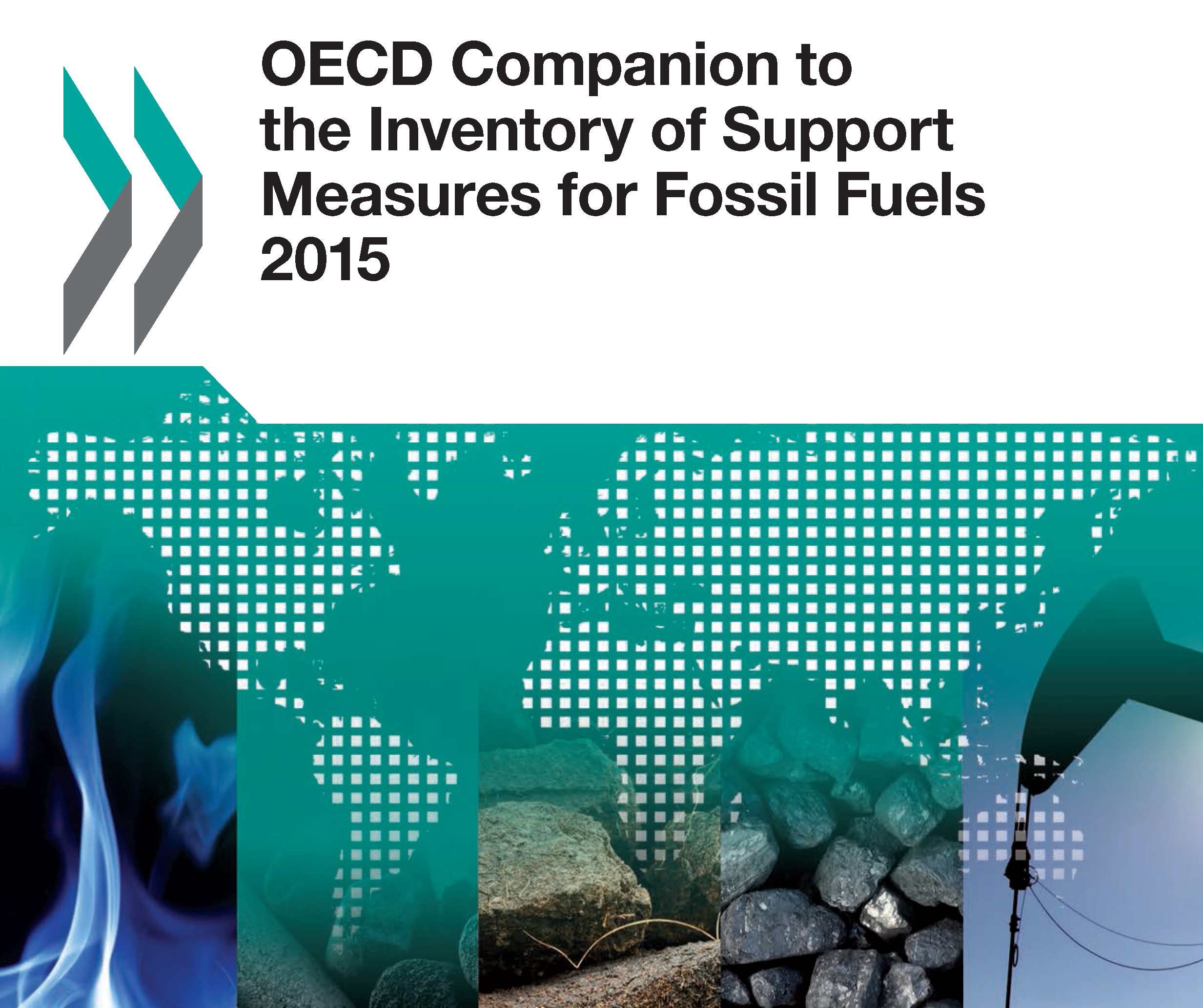
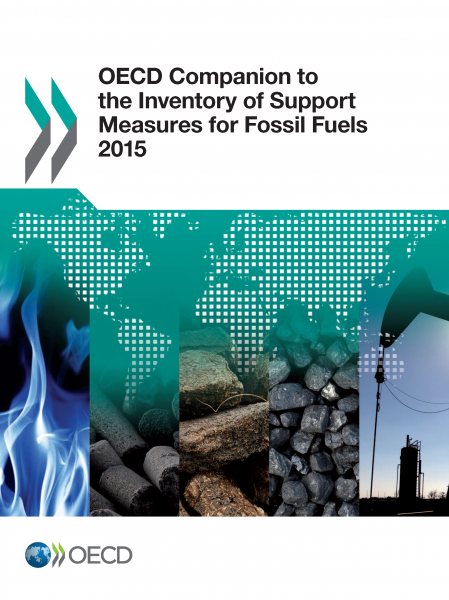 But it is because of this long involvement that I can see the many ways in which the current work moves the ball on subsidy transparency and reform. Here are some of them:
But it is because of this long involvement that I can see the many ways in which the current work moves the ball on subsidy transparency and reform. Here are some of them: